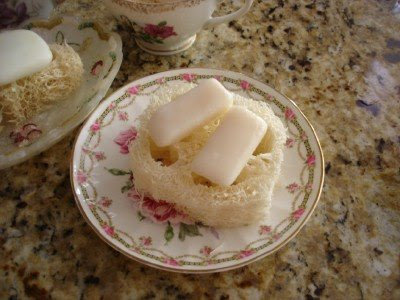

I've written before about the no-no using bleach with our septic system. There comes a time when even oxy-type stain remover has trouble keeping up with my heavily used white kitchen towels. In grandma's day, they would take a big kettle and steep some tea leaves. I've gone an easier route and have used regular black tea bags. First, take a large pot and fill with water 2/3's full. Add about six or eight tea bags ... the more you add , the darker the tea will stain your fabric. When the water has boiled with the tea for a spell, turn off the heat and remove the bags. Add several dry all cotton towels (that have been washed with mild soap) and stir them around in the tea. After a while check the color ... you can keep the towels in for as long as overnight. Just be sure to stir several times for an even color. When you're ready ... wring out the cooled fabric and rinse in a sink of cool water with a bit of white vinegar 1/2 to 1 cup is good. Rinse again until the water is clear then dry on the line. I have plans to do a little embroidery work to give my 'tea' towels a true vintage flair









